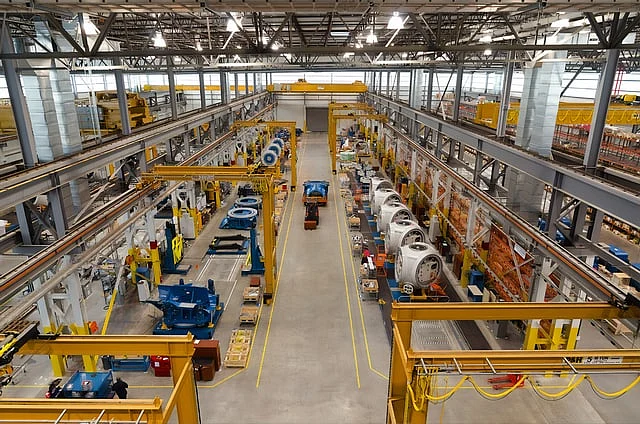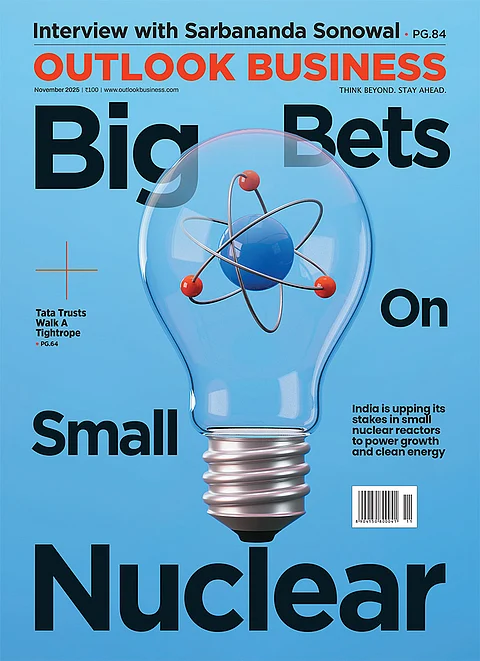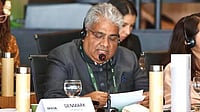India's manufacturing witnessed a slowdown in November as Purchasing Managers’ Index (PMI) fell to a joint 11 month low of 56.5, as per the HSBC final India Manufacturing PMI, compiled by S&P Global. It dropped from 57.5 in October, however, to match the figures of January and September.
"India recorded a 56.5 manufacturing PMI in November, down slightly from the prior month, but still firmly within expansionary territory," said Pranjul Bhandari, chief India economist at HSBC.
"Strong broad-based international demand, evidenced by a four-month high in new export orders, fuelled the Indian manufacturing sector’s continued growth. At the same time, however, the rate of output expansion is decelerating due to intensifying price pressures," Bhandari added.
However, the index signaled an improvement in the overall health of the sector during the period. It noted that the pace of growth remained above its long-run average. During the review period, goods producers experienced a weaker yet robust upturn in new business intakes. It also recorded the second-weakest rate of expansions in 11 months.
"Growth was supported favourable demand conditions but stymied by fierce competition and price pressures," it said.
In regards to employment, the survey highlighted that factory employment in India increased for the ninth month in a row in November. However, the rate of job creation softened as compared to October but remained solid and staff had been hired on both permanent and temporary bases.
"Although price pressures curbed domestic sales to a certain extent, the growth of new export orders gained momentum. The rate of expansion in international demand was the best seen for four months," the survey said in terms of inflation. The panelists, consisting of around 400 manufacturers, also reported gains from Bangladesh, mainland China, Colombia, Iran, Italy, Japan, Nepal, the UK, and the US.
Good producers have increased their selling prices to the greatest extent since October 2013. Input cost inflation intensified midway through the third fiscal quarter and reached its highest mark since July but still remained below its long-run average.
"Input prices for a variety of intermediate goods — including chemicals, cotton, leather, and rubber — rose in November, while output prices soared to an 11-year high as rising input, labour, and transportation costs were passed on to consumers," said Bhandari as quoted by PTI.
India's retail inflation spiked to a 14-month high of 6.21 per cent in October, majorly driven by rising food prices, crossing the Reserve Bank of India's tolerance ceiling.
Going ahead, business optimism has increased by predictions that marketing efforts and new product releases will bear fruit. Recent capacity expansion efforts and forecasts of demand strength also underpinned upbeat forecasts for output in 2025.






























